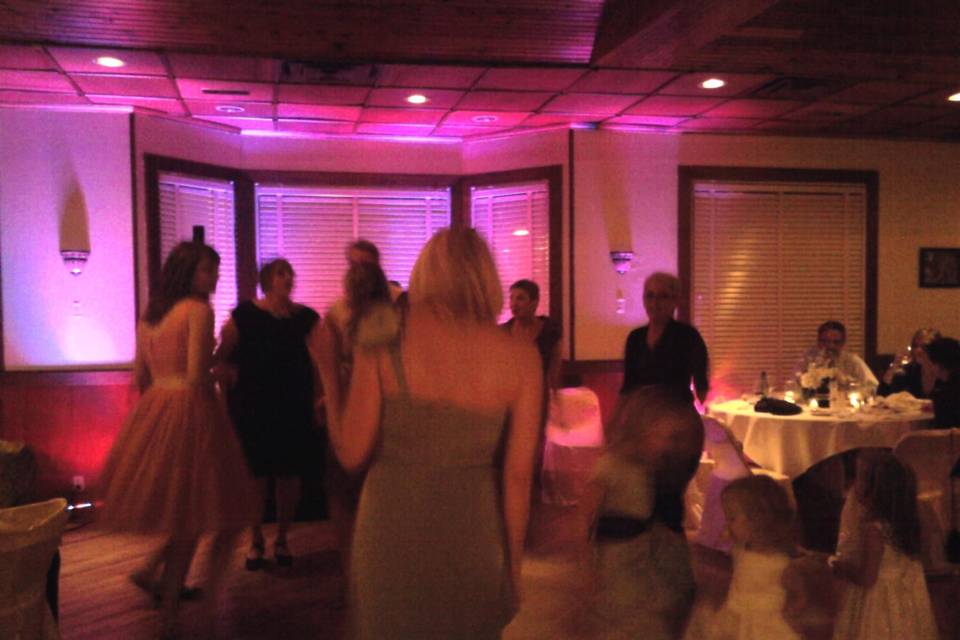Transforming Audience Interaction Through Engaging Virtual Reality Experiences within Live Performances
Transforming Audience Interaction Through Engaging Virtual Reality Experiences within Live Performances
Blog Article
Within the past years, virtual reality has become as powerful tool for boosting viewer involvement in live productions. Such technology allows audiences to submerge oneself in a 3D setting, crafting a unique experience that traditional formats cannot easily replicate. By using VR, producers can transport audiences into the heart of the performance, making them feel as if they are integral of the performance. This groundbreaking method not only captivates audiences but also opens up new opportunities for narrative and engagement.
One of the key benefits of employing VR in real-time productions is the capability to forge a greater engaging experience. Audiences can engage with the performance in the moment, shaping the result or exploring different perspectives. For example, in a stage production, viewers wearing VR headsets can choose to follow particular roles or segments, allowing them to tailor their experience. This level of interactivity fosters a deeper bond between the audience and the performance, making it more memorable and significant.
Additionally, VR technology can improve the visual and auditory elements of a live production. With top-notch visuals and sound design, producers can create stunning settings that draw viewers in. This immersive quality can elevate the overall experience, rendering it even more captivating and pleasurable. For instance, a concert can be transformed into a multi-sensory encounter, where fans feel as if they are on stage with the performers. Such enhancements not only draw bigger viewers but also promote return viewing, as audiences seek to re-experience the thrill.
In addition improving audience engagement, VR can also provide valuable insights for creators. Through analyzing how audiences interact with the digital setting, producers can collect information on viewer likes and actions. This data can guide future productions, helping to tailor content to better meet the demands and wants of the viewers. As a result, VR not only enriches the current experience but also contributes to the evolution of live productions as a complete entity.
With the advancements progressing to evolve, the potential for VR in live productions is vast. Ranging from stage helpful resources shows and musical events to athletic competitions and celebrations, the opportunities are endless. By embracing this innovative approach, creators can transform the way viewers engage with real-time performances. With more creators explore the integration of VR, it is probable that we will witness a change in how shows are designed and delivered, ultimately resulting to a greater immersive and participatory future for live productions.